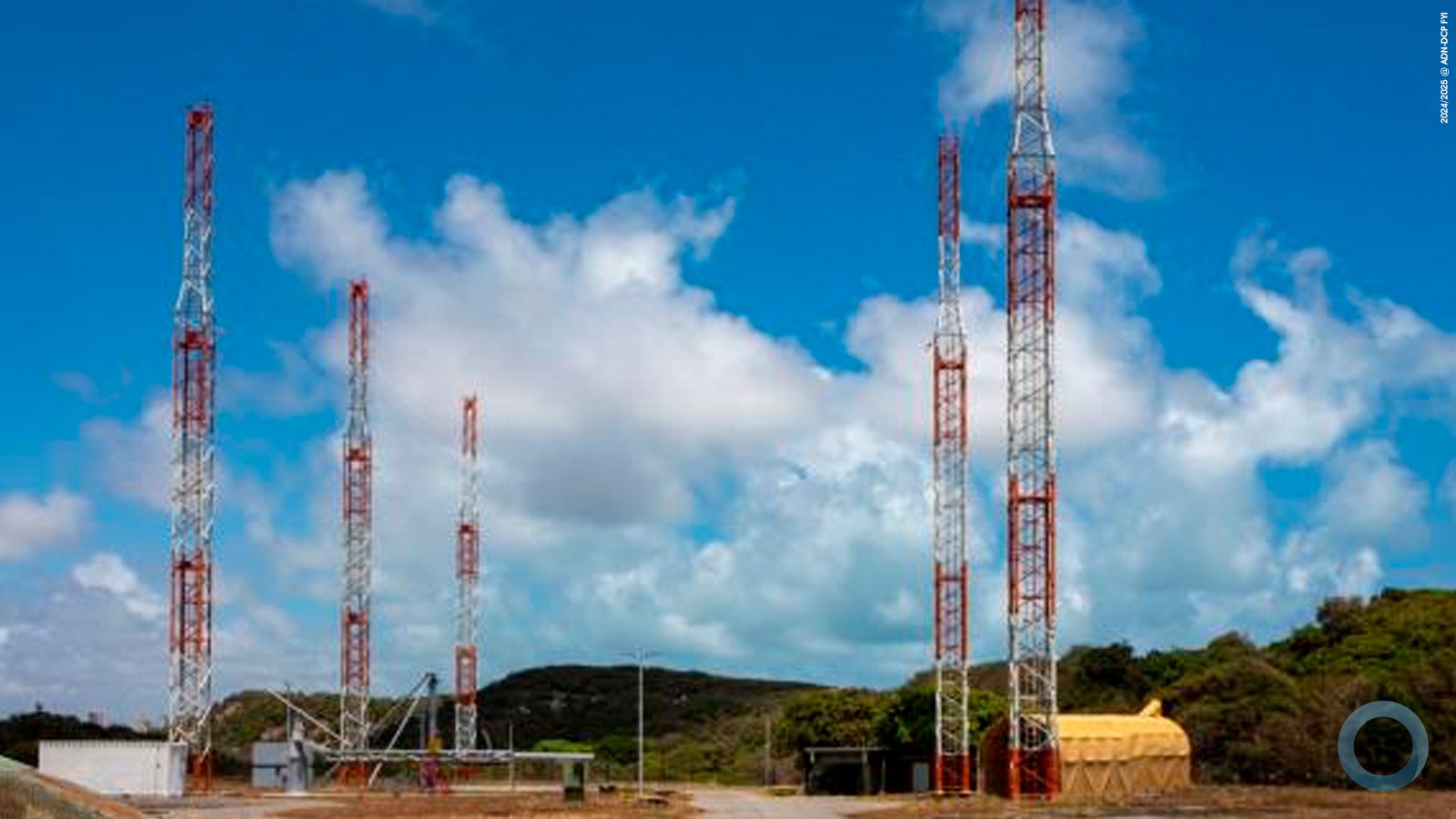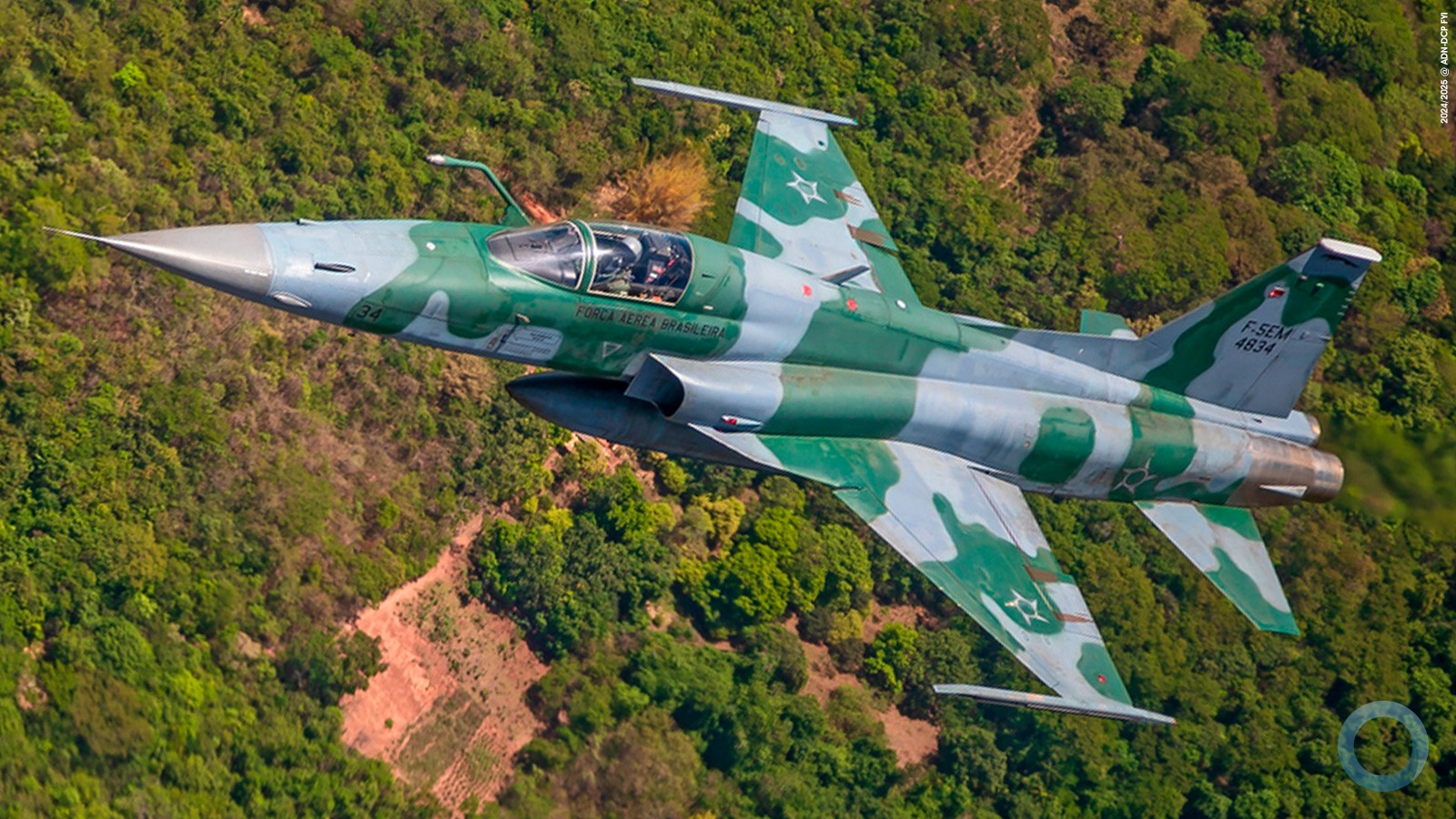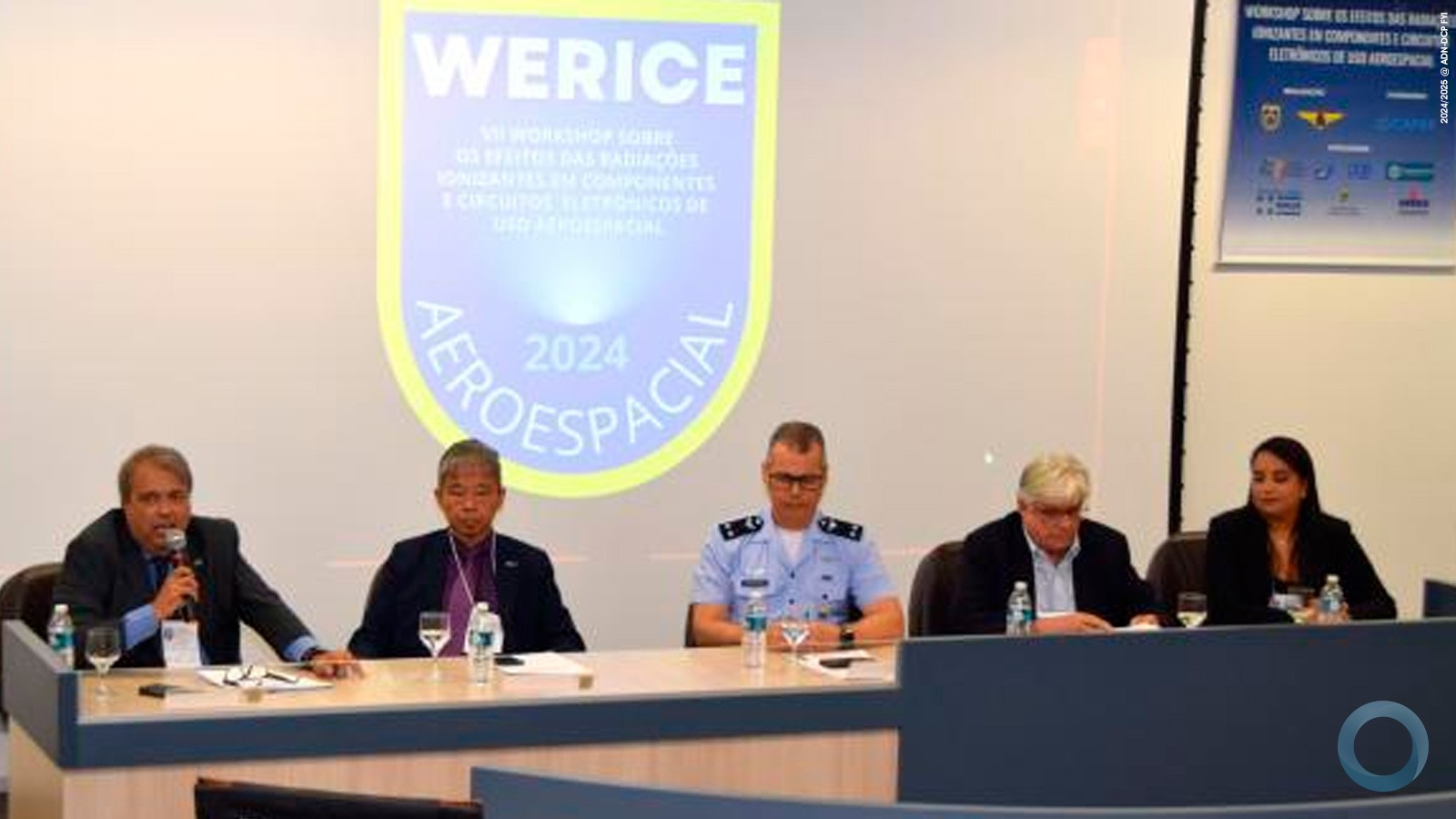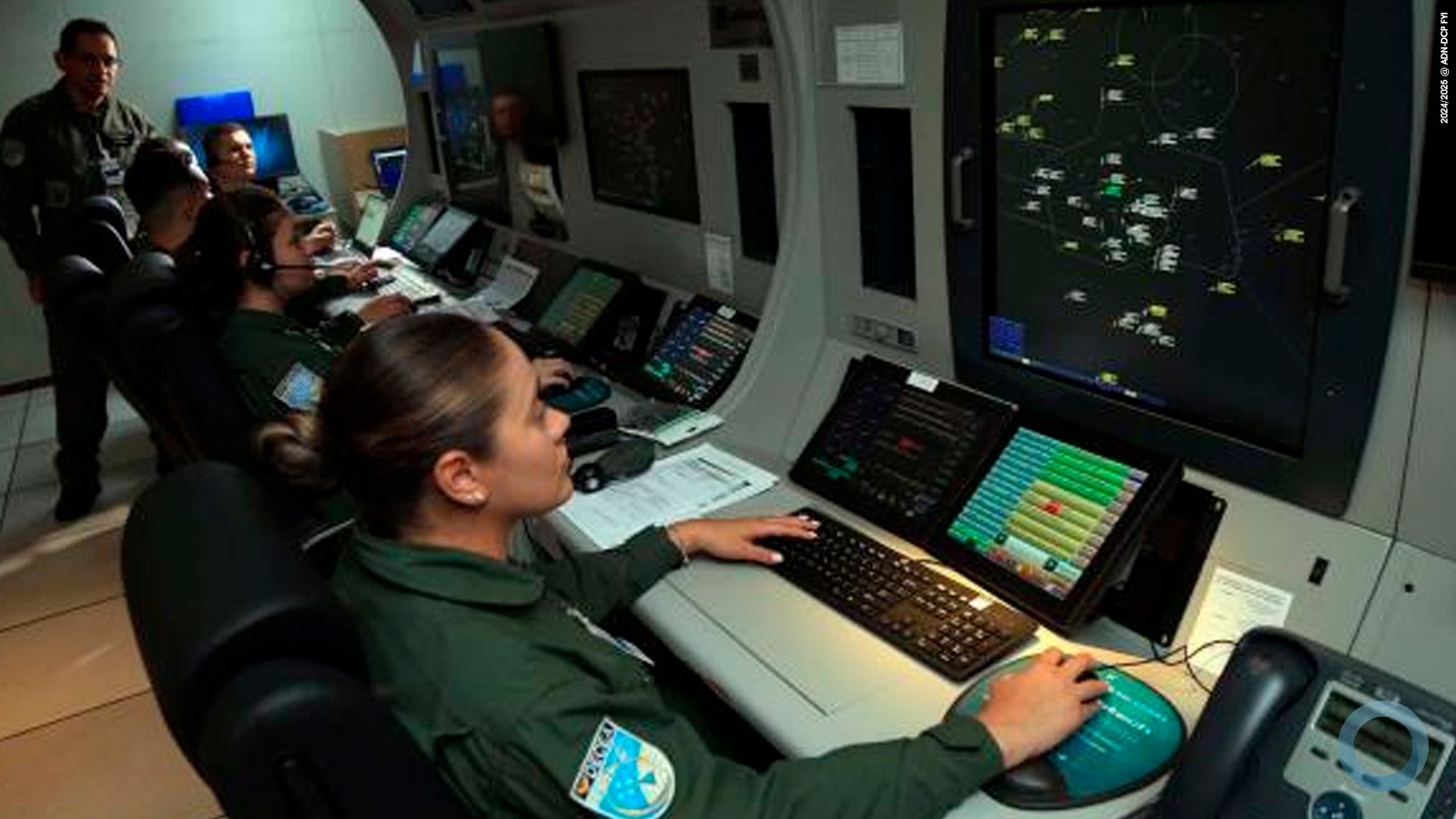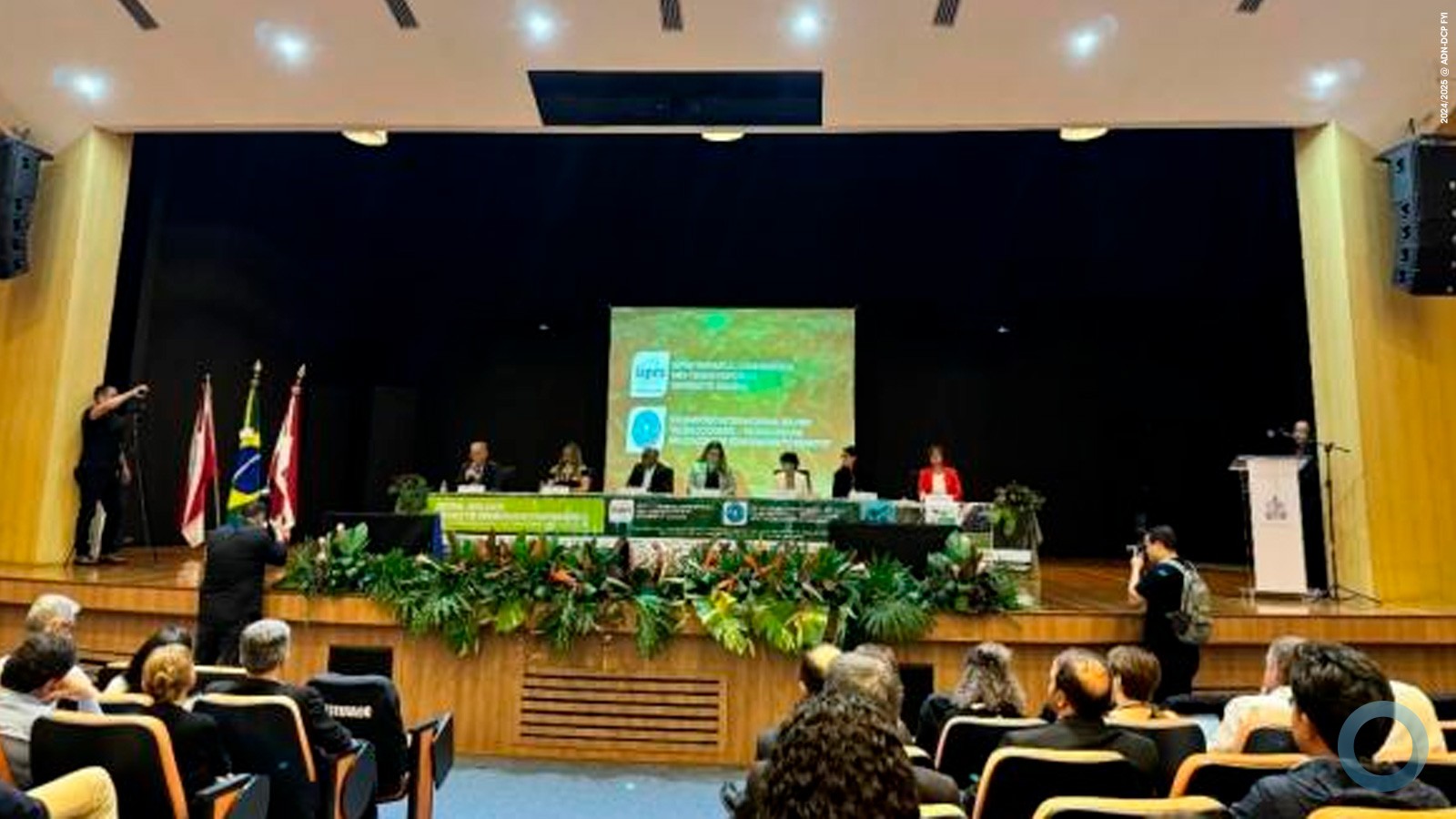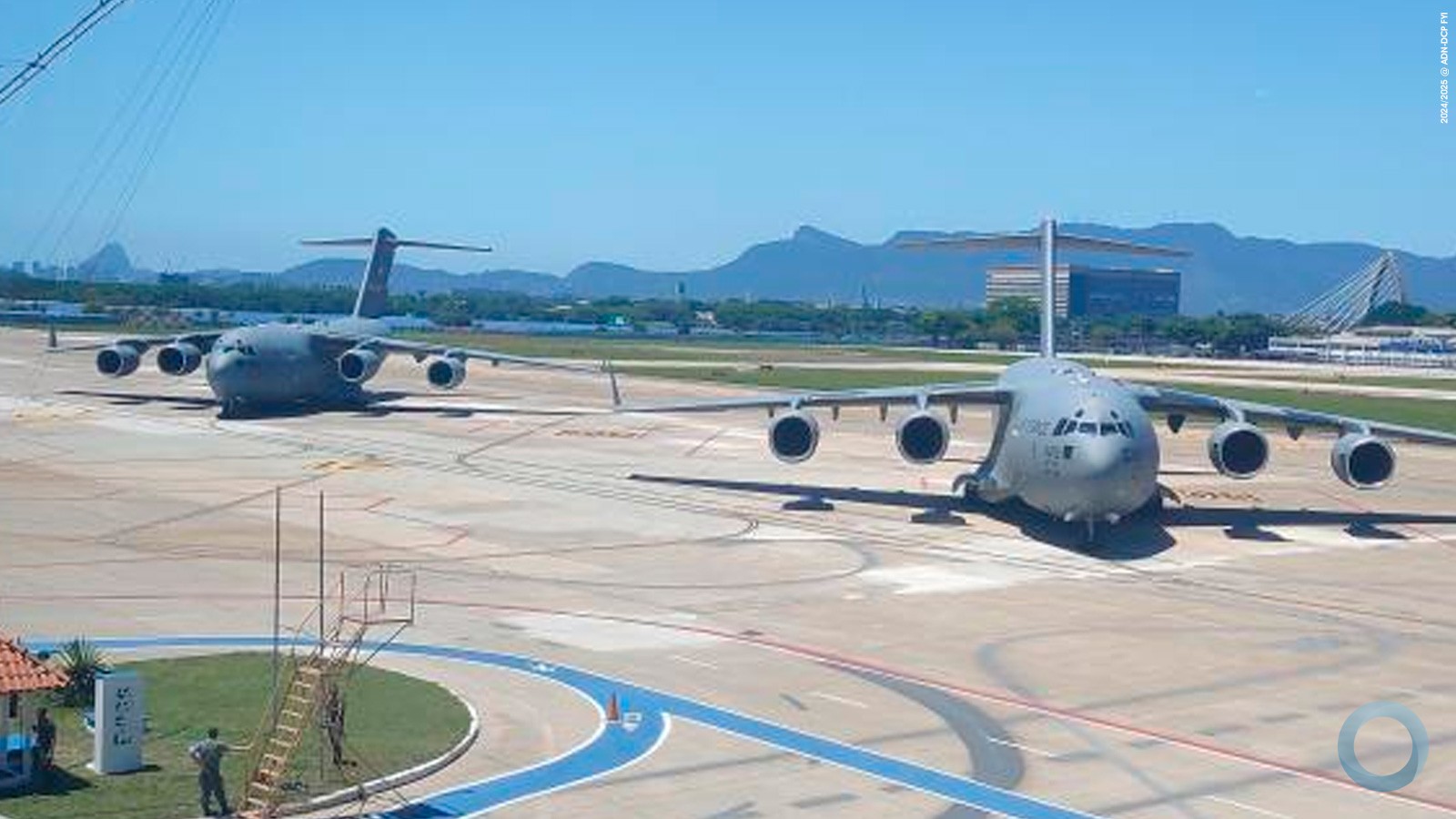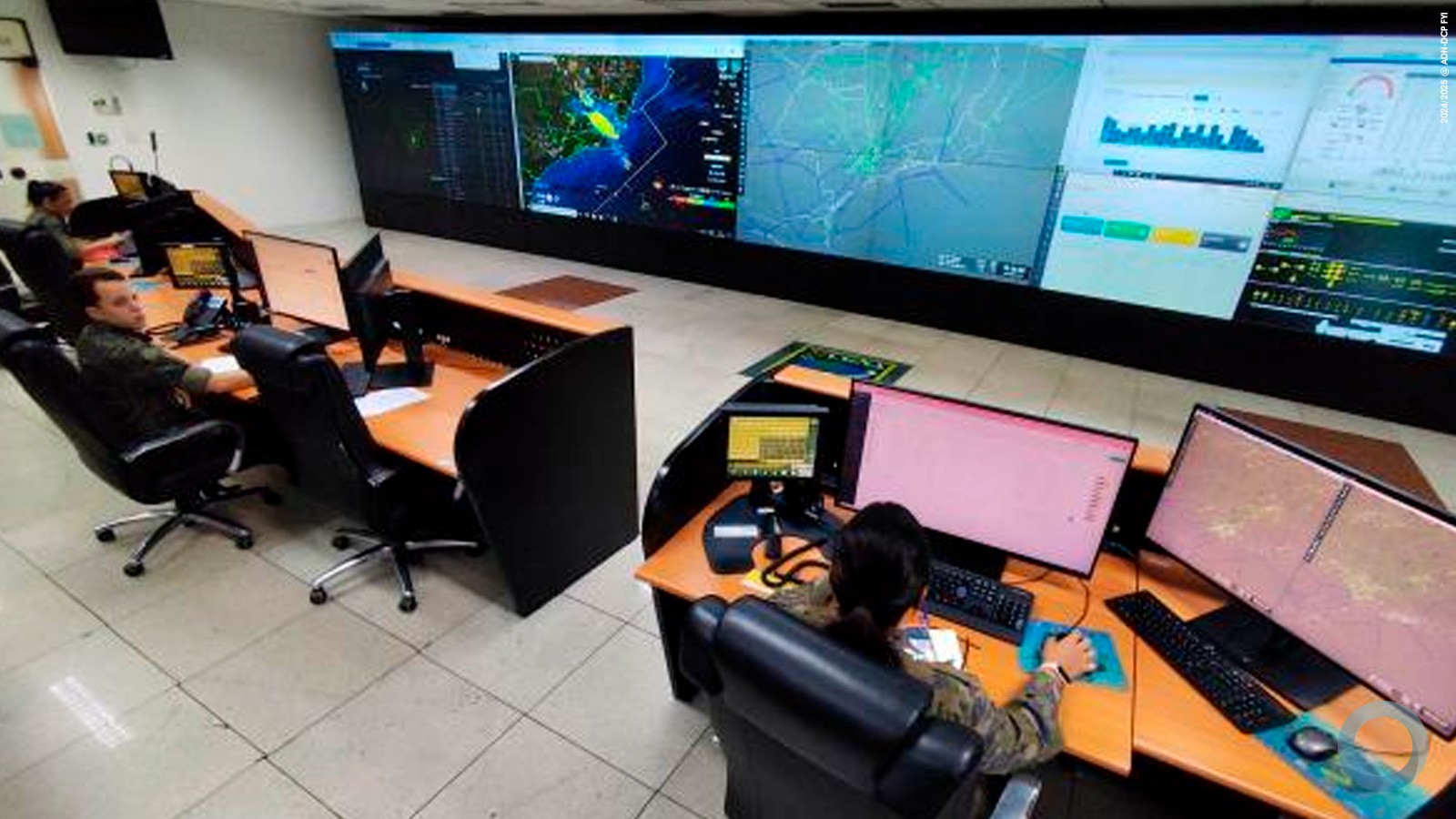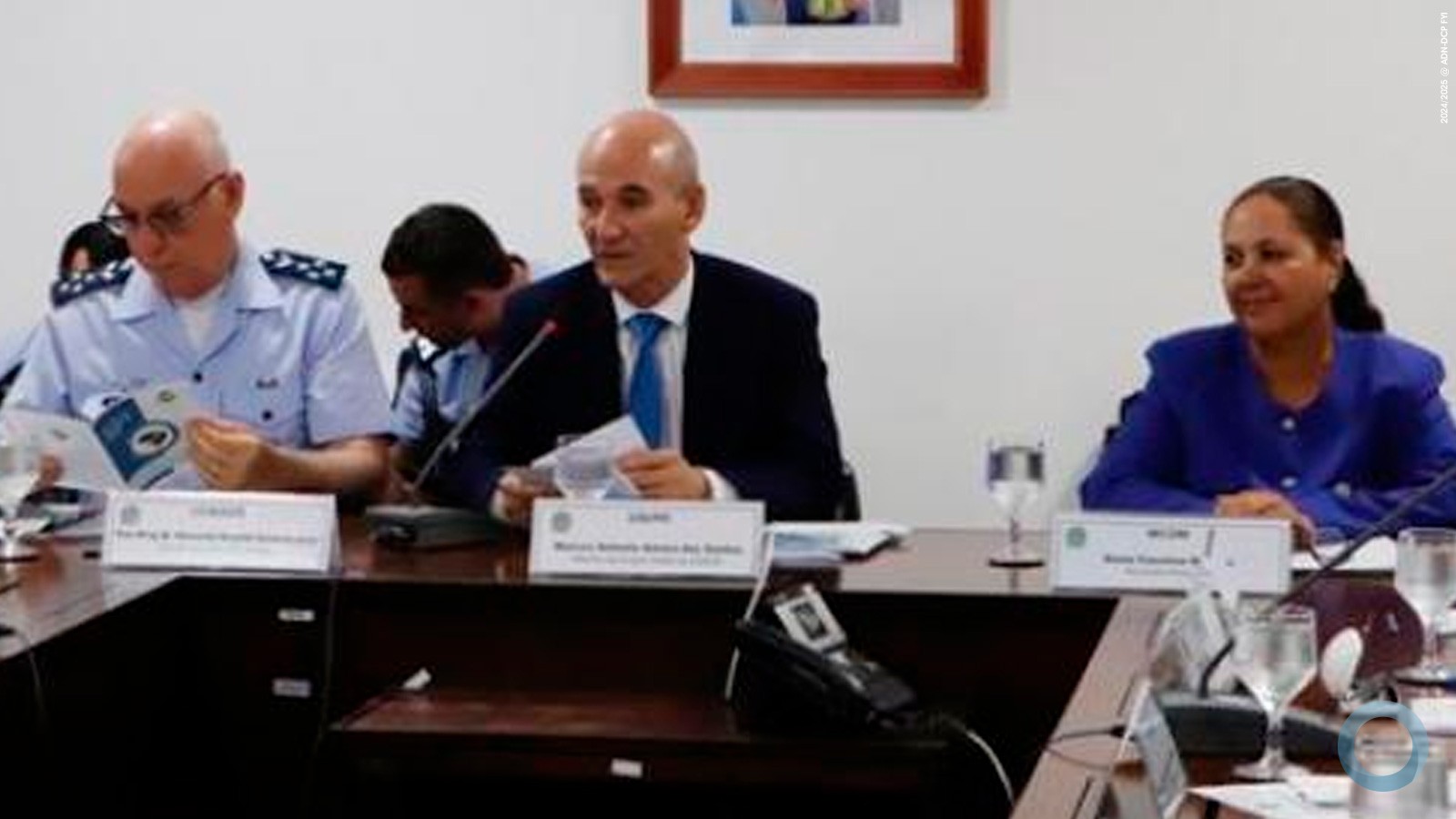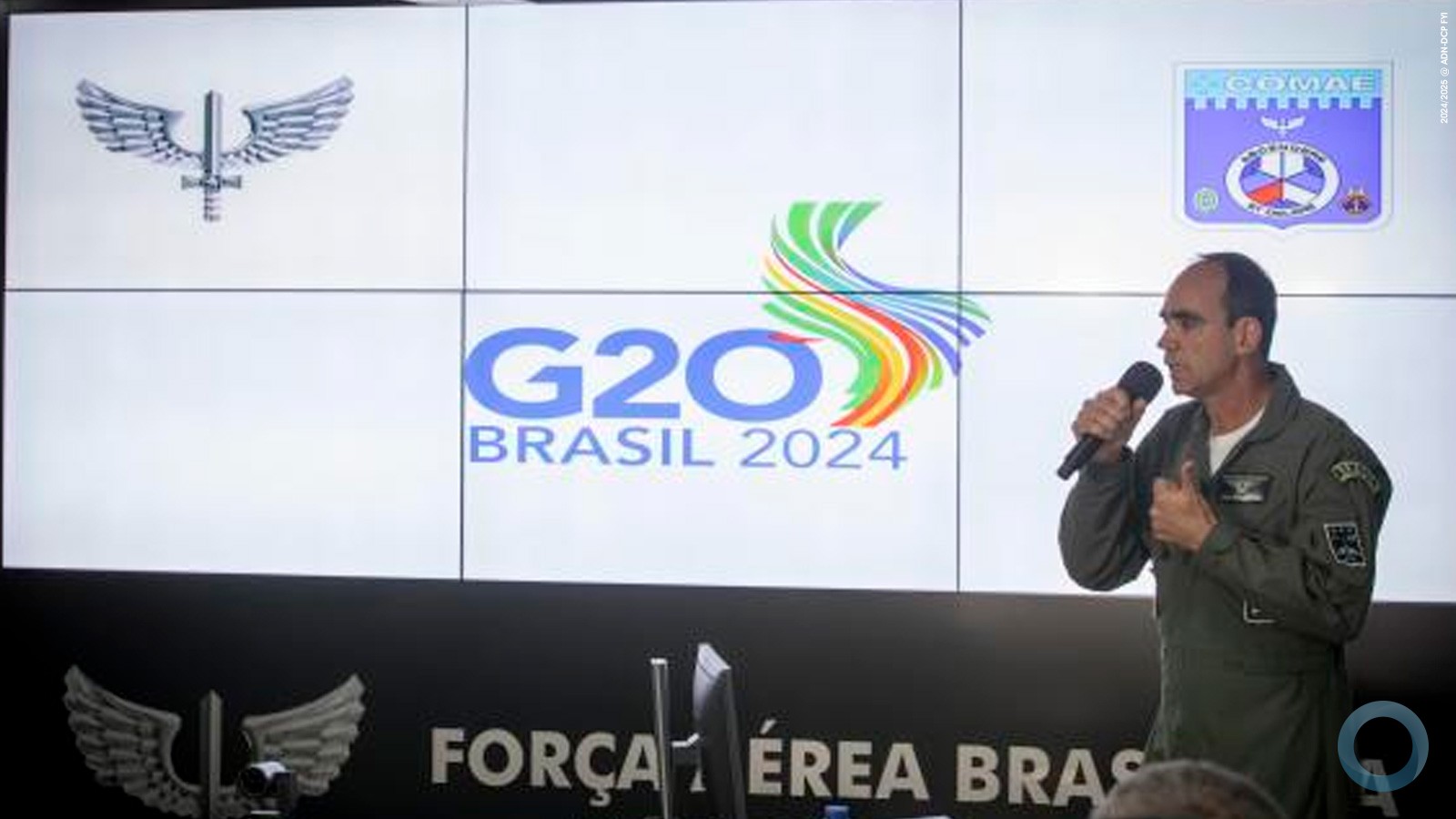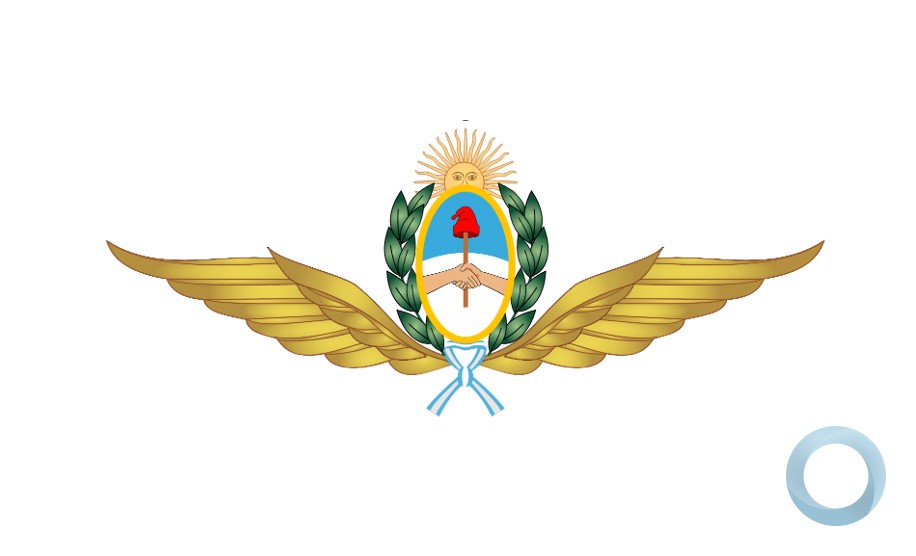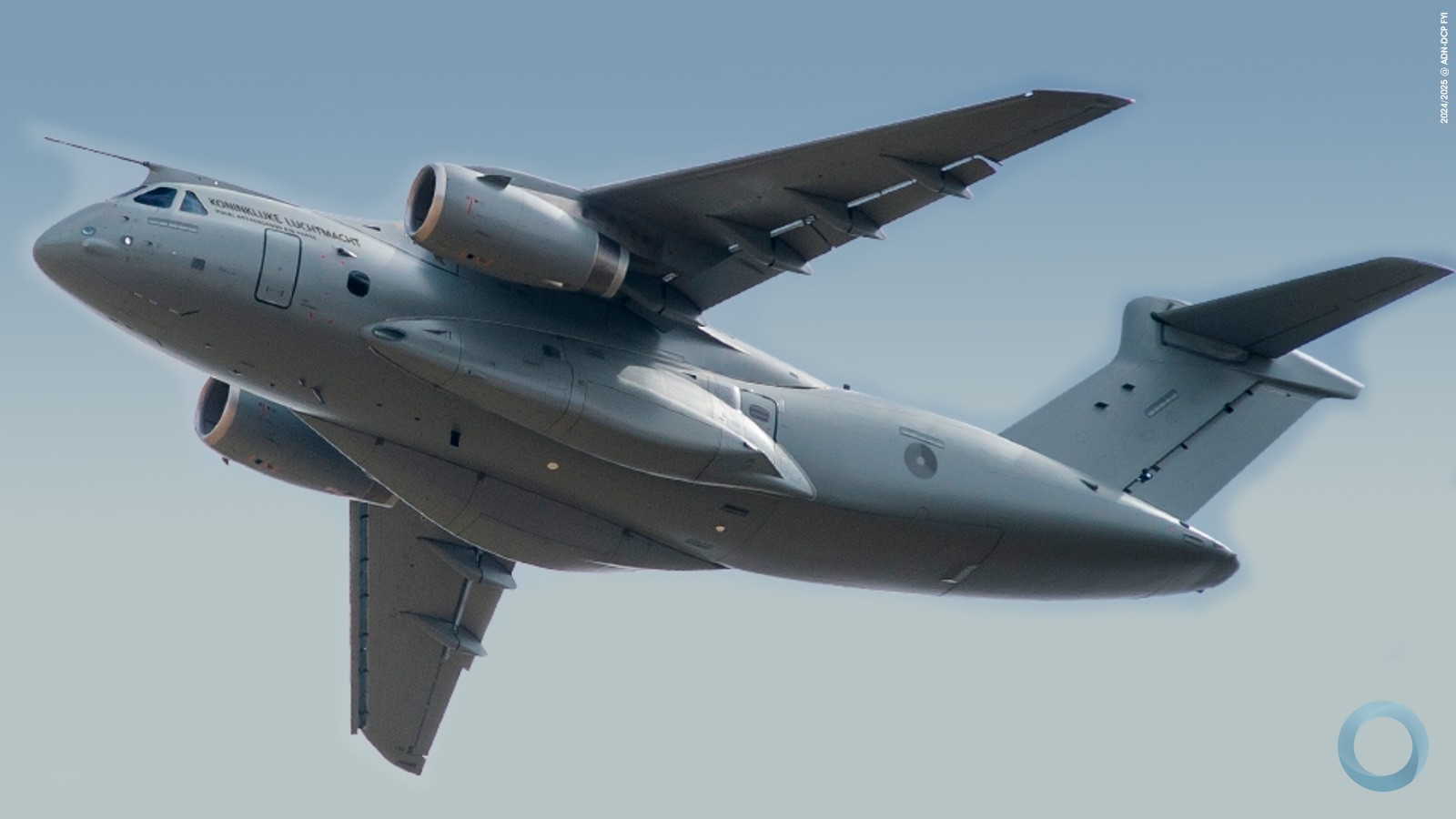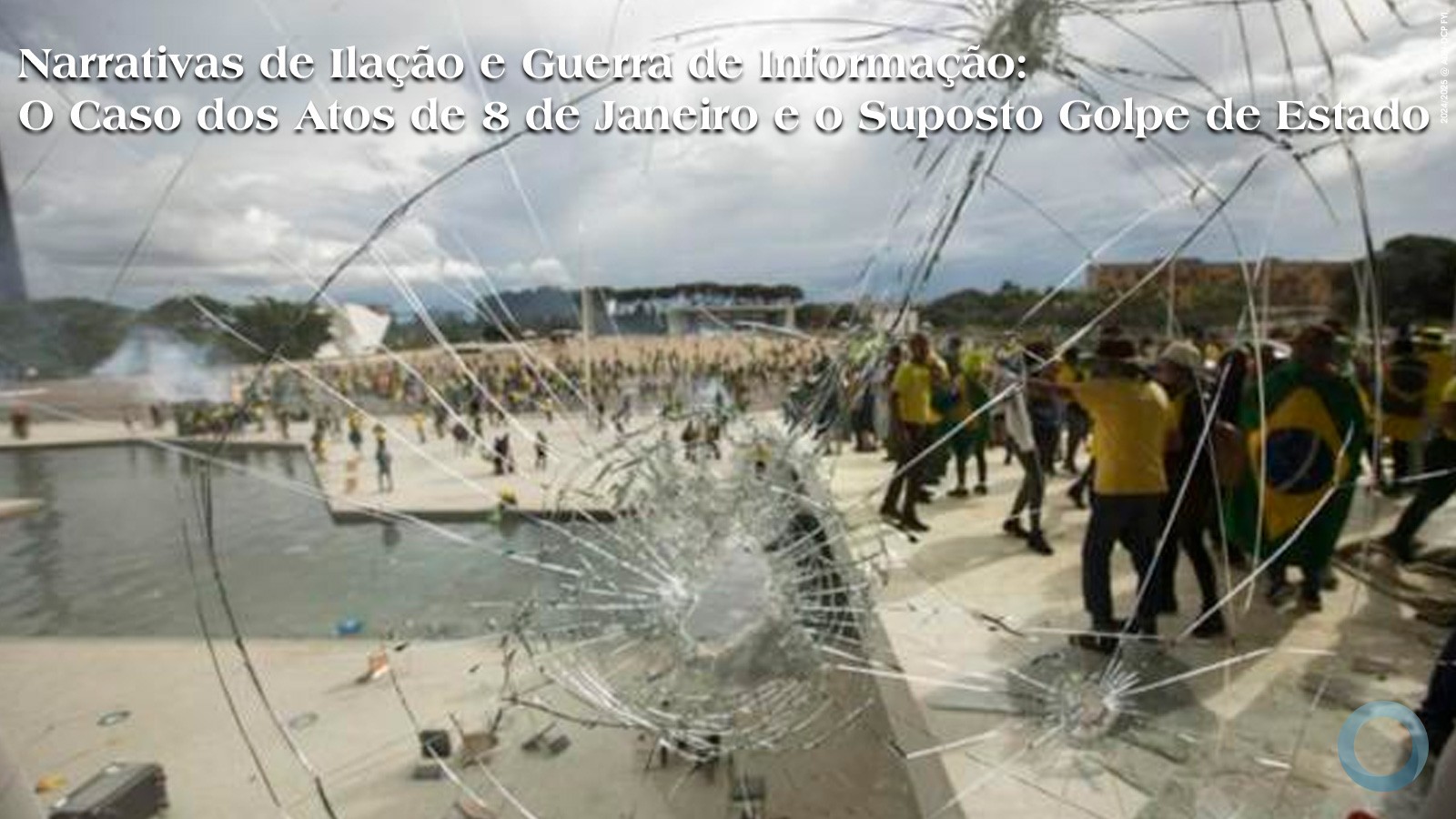O Departamento de Estado Americano acusou na sexta-feira (25JUL14) de a China ter realizado outro teste anti-satélite (ASAT), na quarta-feira. A China afirmou que tinha realizado um teste de interceptação de mísil.. A defirença entre as duas missões é difícil de distinguir e serve para propagar a continuidade nos círculos ocidentais de quanto testes ASAT a China já realizou.
Todos concordam, que em 2007 a China destruiu um dos seus próprios satélites com uma arma ASAT. O teste foi condenado internacionalmente devido a nuvem de detritos criados em baixa órbita em torno da terra – cerca de 3.000 peças (o pesquisador José Monserrat escreveu excelentes análises Leia em China Teste ASAT Link), número exato muda assim como peças reentram na atmosfera e outras são geradas pela colisão com outras dentro da nuvem) – o ameaça todos os satélites operando naquela faixa.
Também há acordo de que a China realizou testes em 2010 e 2013, mas tanto pode ser intercepção de mísseis ou testes ASAT, o que tem gerado polêmica nos círculos ocidentais. Enquanto muitos analistas ocidentais as consideram como testes ASAT, o Governo Americano não as considera nesse sentido.
Esta é segunda vez que que o Governo dos Estados Unidos acusa diretamente a China de conduzir um teste ASAT e alertou a China para "refrear suas ações desestabilizadoras …que ameaçam a segurança em longo prazo e a sustentabilidade do espaço exterior, do qual todas as nações dependem."
A declaração do Departamento de Estado na íntegra é como segue:
US State Department July 25, 2014
"The United States has concluded that on July 23, the People’s Republic of China conducted a non-destructive test of a missile designed to destroy satellites. A previous destructive test of this system in 2007 created thousands of pieces of debris, which continue to present an on-going danger to the space systems of all nations, including China. We call on China to refrain from destabilizing actions – such as the continued development and testing of destructive anti-satellite systems – that threaten the long term security and sustainability of the outer space environment, on which all nations depend. The United States continuously looks to ensure its space systems are safe and resilient against emerging space threats."
In answer to an emailed query from SpacePolicyOnline.com, Grant Schneider of the State Department's Bureau of Arms Control and Verification and Compliance, replied "We have high confidence in our assessment. We refer to you to Chinese authorities for further information on this anti-satellite test."
China's Xinhua news agency on Thursday said only that it had conducted a successful land-based missile intercept test on July 23 that "achieved its preset goal."
In an emailed exchange this afternoon, Brian Weeden, technical adviser to the Secure World Foundation, noted that China's announcement called it a successful missile intercept test while the State Department referred to it as a "non-destructive test." Weeden observed that China did not mention a designated target for Wednesday's test, unlike the 2010 and 2013 tests where it said the target was launched on a ballistic missile. "There was no mention of that this time," he said, and "My guess is that this test didn't have a designated target."
The United States and the Soviet Union developed ASAT systems early in the Space Age. The fate of the Soviet system is unclear, but it has not been tested since 1982. The United States ended its dedicated ASAT programs by the 1990s. In 2008, however, the United States destroyed one of its own spy satellites (USA-193) using a missile launched from an Aegis cruiser because, it asserted, the satellite was out of control and carried hazardous fuel that posed significant risk to populated areas if it made an uncontrolled reentry. The operation demonstrated an inherent U.S. capability to conduct such operations even though there is no official ASAT program.





